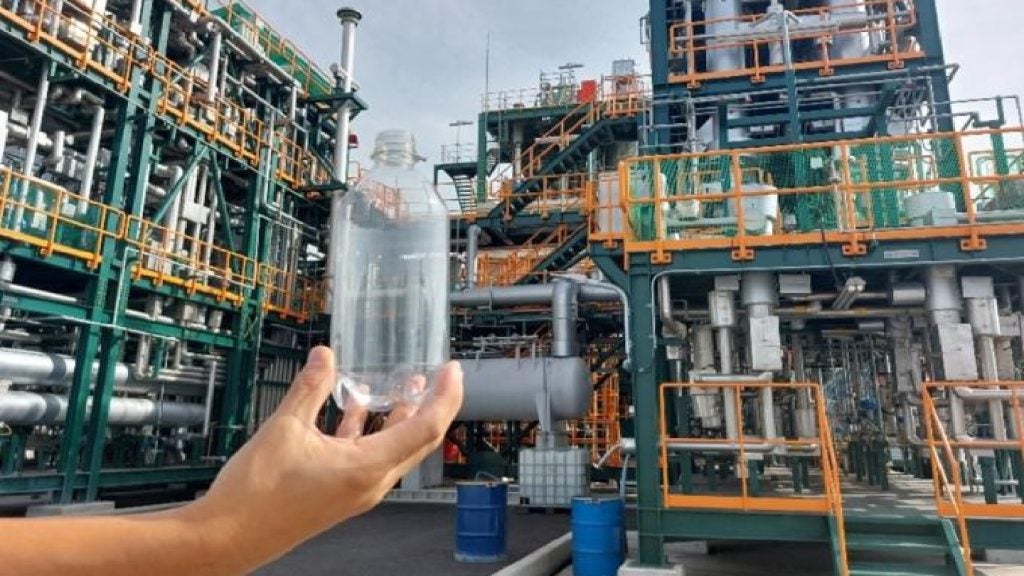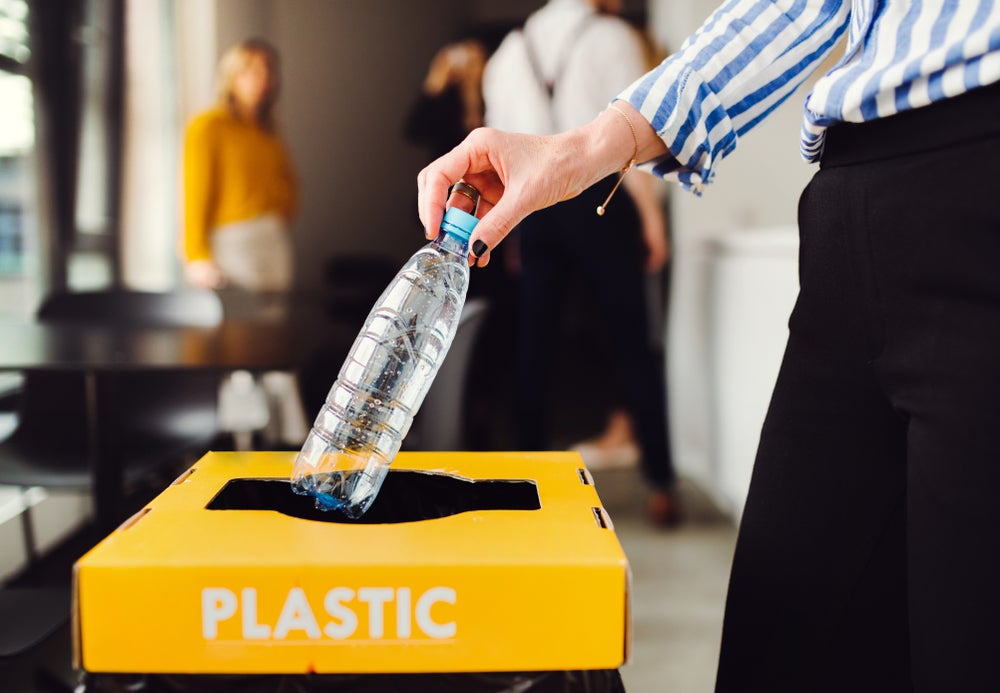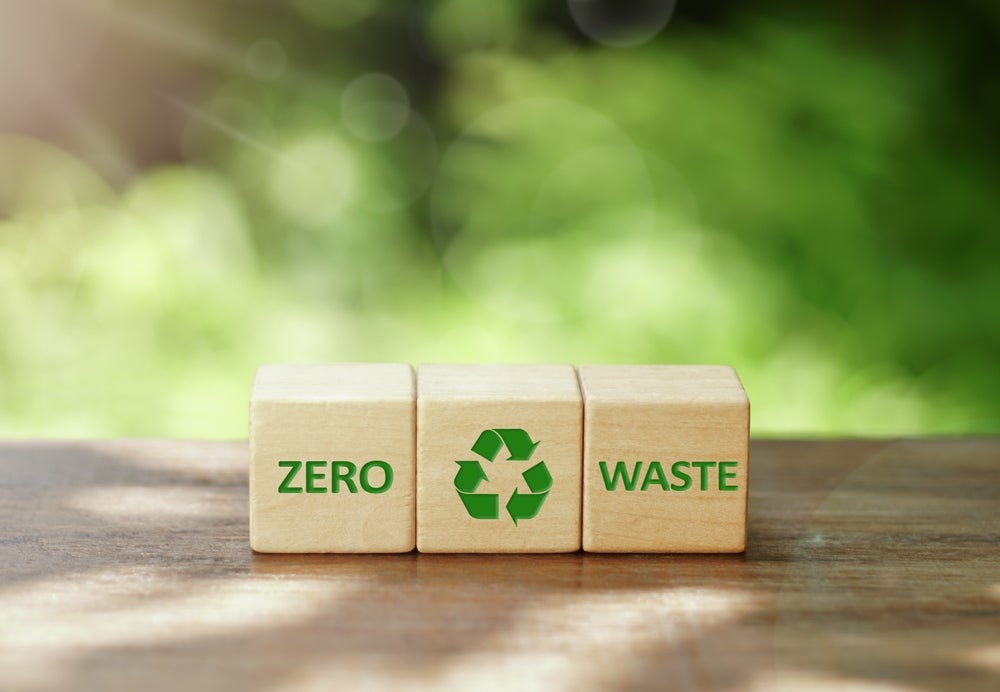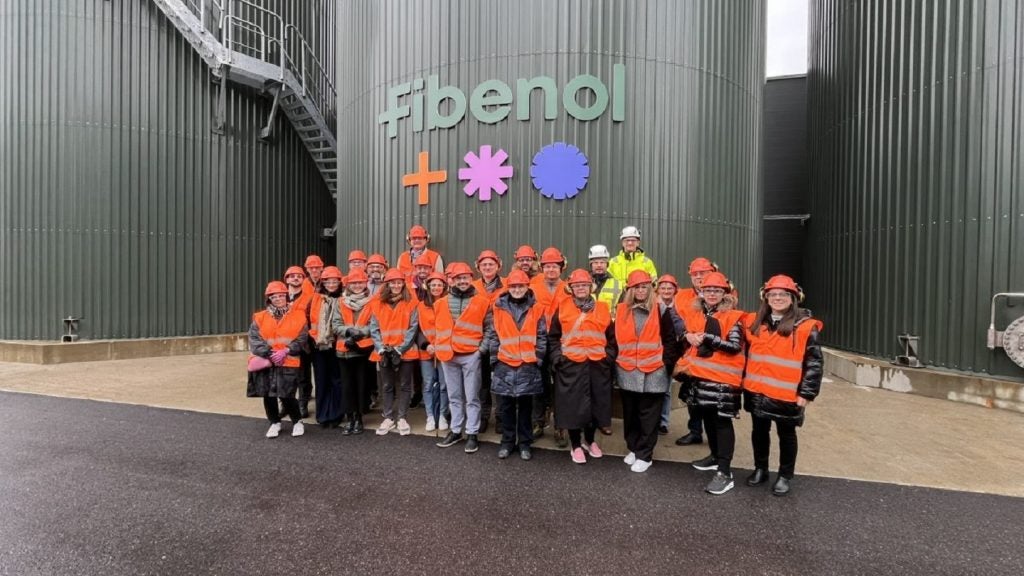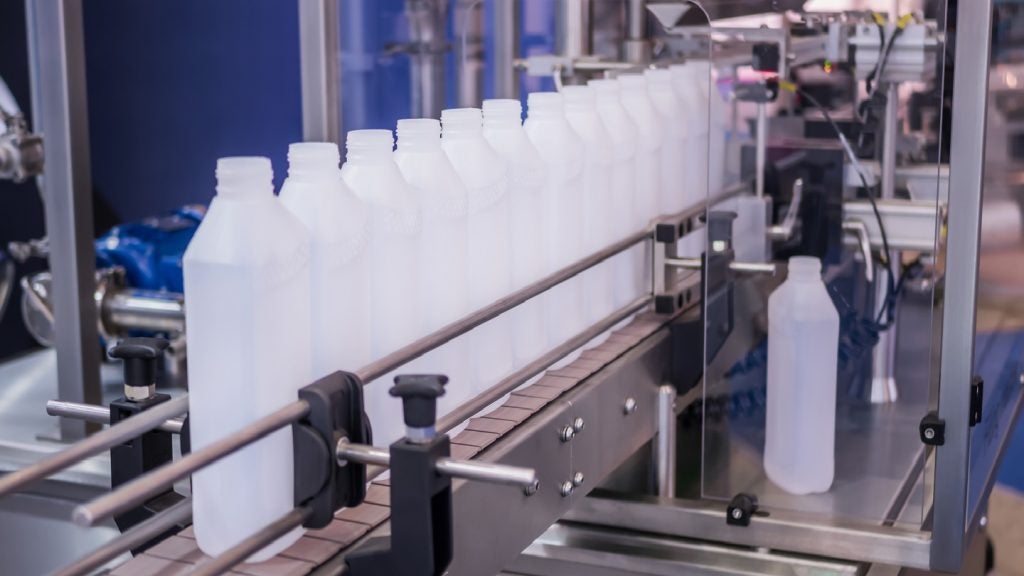Axens, in partnership with IFPEN and JEPLAN, has announced the commercialisation of the Rewind PET chemical recycling process.
This move follows the successful one-year testing of the process at a semi-industrial demonstration unit in Kitakyushu, Japan, starting last October.
The process is expected to play a major role in accelerating the energy transition and circular economy for plastics.
The Rewind PET process has demonstrated its ability to continuously depolymerise polyethylene terephthalate (PET) through glycolysis and purify the resulting monomer, Bis(2-hydroxyethyl) terephthalate (BHET).
It has the capability to separate all additives and colourants, yielding pure BHET that can be re-polymerised easily.
Recycled PET from this process has already received approval from several food packaging and cosmetics companies, indicating its potential for widespread adoption in the market.
The strategic partnership between Axens, IFPEN, and JEPLAN was formed in 2020 with French Environment and Energy Management Agency support to develop a recycling solution suitable for all types of PET waste.
The validation of the process marks a milestone in chemical recycling technology.
Axens is now poised to offer a complete license package for Rewind PET, which includes basic process design, equipment supply, performance guarantees, and technical support for industrial units' start-up and operation.
Axens chair and CEO Quentin Debuisschert said: “The Rewind PET process is part of Axens global strategy in the plastics circular economy, with the development and commercialisation of several chemical and physical recycling processes designed to complement mechanical recycling.
“With this innovative process, we can support our clients in achieving their ambitious targets for the incorporation of recycled materials in many industrial sectors, starting with packaging and textiles. It is a powerful response to the challenges of ecological transition for manufacturers and brand owners looking for reliable, sustainable solutions to adapt their industrial facilities.”


